Kyoto sustainable tourism
Latest content and event information
-
Cultural TourismSustainability
Encountering a Thousand Years of Kyoto - Itoko
Passing the thread of life to the future: Kyoto's activities connected by pure domestic silkA journey into a thousand years of culture
Kyoto, the ancient capital with a history spanning over a millennium, has continually transformed with the changing seasons, while quietly safeguarding the roots of its culture.
When travelers walk through Kyoto, what they encounter is not only its scenery or traditions. They also come into contact with the ways of life that people have woven over generations, and with the “time of culture” embedded even in the smallest grains of material.
In this special feature, "Encountering a Thousand-Year-Old Kyoto," we visit businesses that are working to "preserve invisible culture" and explore the essence of regenerative tourism - nurturing the future together with the local community.
This time we visited Itoko, a long-established manufacturer that has continued to focus on using pure domestic silk.
Located in Kyoto, where textile culture is deeply rooted, the company has pioneered a wide range of products, from white fabrics to interior décor, and is a living example of the "current state of silk culture" where nature and human activities are carefully linked.
experiencetraditional craftsKyoto sustainable tourismsustainabletraditional culture
-
“HANDS FREE KYOTO,” operated by the Kyoto City Tourism Association, is a website that compiles hands-free sightseeing information to help tourists explore Kyoto comfortably.
It clearly introduces baggage services, such as delivery services for sending large luggage to your accommodation,
and information on temporary storage counters and coin lockers, complete with user-friendly maps of the Kyoto Station area.The service aims to prevent congestion on public transportation caused by large luggage, thereby promoting enjoyable tourism for everyone.
▶Click here for HANDS FREE KYOTO
Kyoto experienceKyoto tourism moralsKyoto sustainable tourismKyoto sightseeing
-
In Japan’s ancient capital, local makers and businesses are finding new ways to protect the planet while keeping their culture alive
For over a thousand years, Kyoto has been a city where people think long-term. Many local businesses have inherited their craft and spirit through generations. Yet these companies are not just preserving tradition—they are creating new value for the future. They act as social enterprises, balancing respect for culture with care for the environment and community.
Today, visitors can join these businesses in hands-on experiences that show how sustainability can be part of daily life. In collaboration with BEYOND2025, one of Japan’s largest social conferences, and the JTB Kyoto Branch, these programs offer a fresh way to explore Kyoto through the lens of social impact and local creativity.
CulturalKyoto sustainable tourismKyoto sightseeingexperiencetraditional culture
-
The Kyoto branch of the Japan Tourist Association (JTB) jointly hosted the "GSTC Sustainable Tourism Course (GSTC STC)" in Kyoto City, where participants learned about the international standards of sustainable tourism. In addition to learning about GSTC standards and good practices through lectures and fieldwork, participants also analyzed their own company's efforts to deepen their understanding.
We would like to introduce an article published in the Tourism Economy Newspaper.
Kyoto tourism moralsKyoto sustainable tourismsustainablecarbon neutral
-
Easier and more fun!
Of course, for those who like Japanese sake,For those who are new to sake,
For tourists who want to experience Japanese culture through sake,
We want you to experience excitement and surprise through sake.
We hope that this place will become a catalyst for expanding the circle of sake fans.Tasting eight different types of sake, find your favorite.
This is an experience facility where you can make your own one-of-a-kind sake by blending your favorite alcoholic drinks. What's more, the sake you make can be bottled in the sake brewing room in the building next door, and you can take it home on the same day, making this a one-of-a-kind sake experience facility.Now, you too can try your favorite sake.
Why not try making your own one-of-a-kind taste with your own hands?
*Drinking is strictly prohibited for those under the age of 20 and those who drive or cycle to the store.
▼For individual applications, please click here
Sake Blending Experience ~My Sake World Kyoto Kawaramachi Store~
▼For group enquiries, please contact us by email.
LINK KYOTO Secretariat (link_kyoto@jtb.com)
CulturalKyoto experienceKyoto sustainable tourismJapanese sake
-
It is located on a historical axis that connects the Uji Bridge, a symbol of Uji, the remains of the Taiko Embankment, and the grave of Prince Ujimichi Wakaro. At the historical sites, gardens, plazas, and Chazuna, the Tea and Uji Town Communication Center, where you can feel that history, you can see the flow of time in Uji through exhibits and videos, and through various experience programs such as tea picking and matcha making, we connect the town and its people, history and culture, and promote the charm of Uji, making sightseeing and walking around the town more enjoyable.
Quote: From the Chazuna website
Watch the video here:
TeaKyoto experienceUji teaMatchaKyoto sustainable tourismKyoto sightseeingtraditional culture
-
Convenient services for Japan Airlines passengers♪

*Please note that the official application website is in Japanese.
Sustainable TourismKyoto sustainable tourismKyoto sightseeingcomfortableEmpty-handed sightseeing
-
A city where the culture of geisha and maiko who provide heartfelt hospitality through their dancing and other traditional arts has been passed down for generations, and where Kyoto's traditional culture is carefully preserved."Glamorous district"Kyoto's entertainment district flourished as a major center of hospitality culture.
In the Kagai district, geisha and maiko have the spring and autumn performances as their one goal, but they also spend their days training in dance and other performing arts, as well as studying traditional culture such as the tea ceremony. The kimonos and other attire that complement them are supported by the skills of many artisans, including traditional craft artisans, hairdressers, and kimono dressers. In addition to events unique to the Kagai district, such as the opening ceremony, they also inherit seasonal customs and continue to cherish and protect Kyoto's traditional culture by participating in traditional Kyoto events such as the Jidai Matsuri.
Let's experience traditional culture at this valuable museum located in the entertainment district of Gion Kobu.
Hanamachi Art MuseumKyoto DanceKYOTOLink Kyotomaikogeishatraditional craftsLINK KYOTOKyoto tourism moralsKyoto sustainable tourismsustainablecarbon neutralKyoto sightseeingKyoto's Unique VenuesKyoto cultureEmpty-handed sightseeingEntertainment districttraditional culture
-
① Visit to the Silk Fabric Museum (time required: about 15 minutes)
The White Silk Fabric Museum is a museum specializing in white kimono fabrics. We exhibit about 50 types of white fabrics carefully selected from the 200 types and 3,000 patterns that Itoyuki has woven so far for post-dyeing (dyed kimono), where fabric is woven from raw silk and then dyed later. You can actually touch the white fabrics, which have various characteristics depending on the production area and type of thread, and see their texture and beautiful luster. We will introduce the process of making one bolt of white fabric, including cocoon production by domestic silkworm farmers and information on the amount of cocoons needed for a kimono.
② "Handloom" Experience (Time required: approx. 15 minutes)
Our in-house instructor will demonstrate the handloom weaving process and explain how the warp and weft threads work. Afterwards, you can enjoy the experience of weaving using a handloom.
3. Kinsai Yuzen Workshop (Time required: approx. 1 hour 30 minutes)
Enjoy the experience of dyeing pure silk fabric, a high-quality material used in kimonos, with the Yuzen technique and finishing with gold leaf. Our in-house instructors will provide careful instruction, so even beginners can participate with confidence. The completed work will be framed and handed to you, so you can take it home as a keepsake.

Link KyotoKyoto experiencetraditional craftsLINK KYOTOKyoto sustainable tourismsustainableKyoto sightseeingKyoto culturetraditional culture
-
Tadasu Noh
- What Tadasu Noh Is
A journey to encounter a millennium-old culture
Kyoto, the ancient capital with a history spanning over a millennium, has continually transformed with the changing seasons, while quietly safeguarding the roots of its culture.
When travelers walk through Kyoto, what they encounter is not only its scenery or traditions. They also come into contact with the ways of life that people have woven over generations, and with the “time of culture” embedded even in the smallest grains of material.
In this special feature, "Encountering a Thousand-Year-Old Kyoto," we visit businesses that are tackling the "inheritance of invisible culture" head-on and explore the essence of regenerative tourism - nurturing the future together with the local community.
This time I visited,Tadasu Noh, hosted by the Shimogamo Shrine Tadasu Noh Preservation Society
"Tadasu Noh" is performed in the dance hall of Shimogamo Shrine in Kyoto.
This is a special Noh performance held in the forest.As bonfires light up in the Tadasu Forest at dusk, the sounds of flutes and drums gently echo, and the audience experiences a moment when nature and performing arts blend together.
This event is a revival based on the "Tadasugawara Kanjin Sarugaku" that was held approximately 550 years ago.
It was performed again in 2015 on the occasion of the Shimonen Sengu (yearly rebuilding of the shrine) at Shimogamo Shrine, and has now become an established annual event held after the Aoi Festival.
The rustling of leaves, the chirping of birds, and even the crackling of firewood all become part of the stage, and the Noh performance itself progresses in harmony with nature.
Tadasu Noh is a festival that depicts the time when people and nature coexist, quietly evoking the image of "prayer" that lies at the origin of Noh.
And at its core is the unique worldview of this land, where forests and people live in harmony.
Next, we will take a closer look at the appeal of Tadasu-noh.
SustainableTadasu abilityCulturalKyoto sustainable tourismsustainable


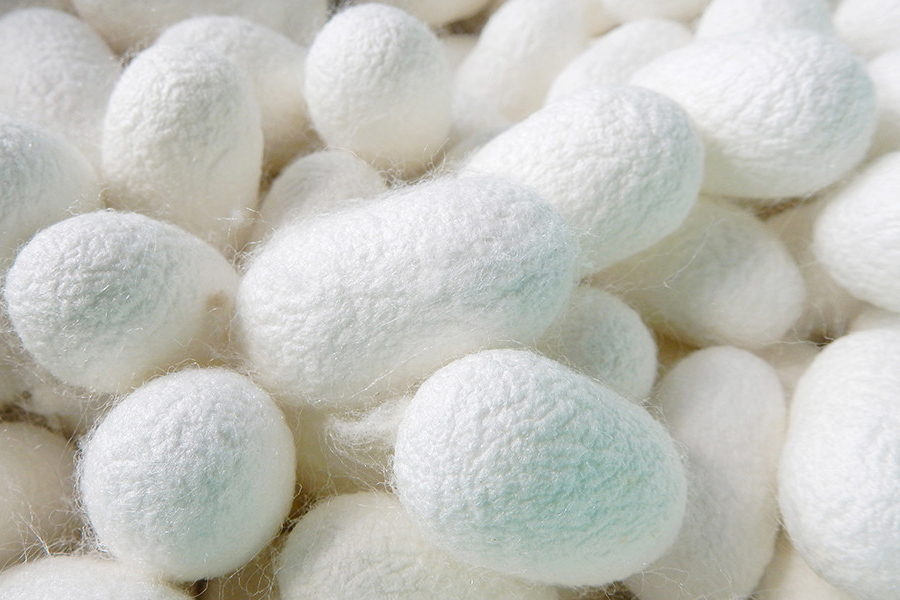
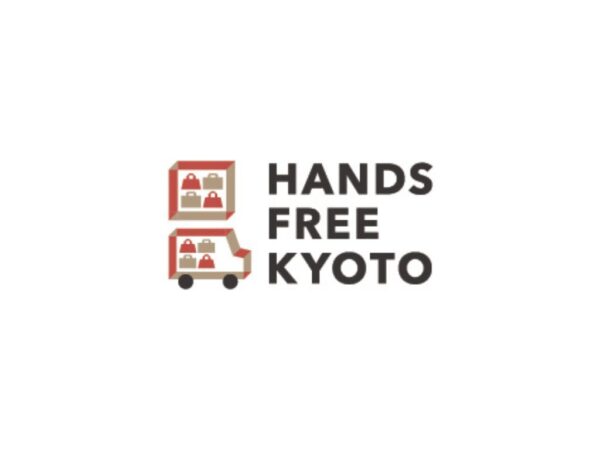
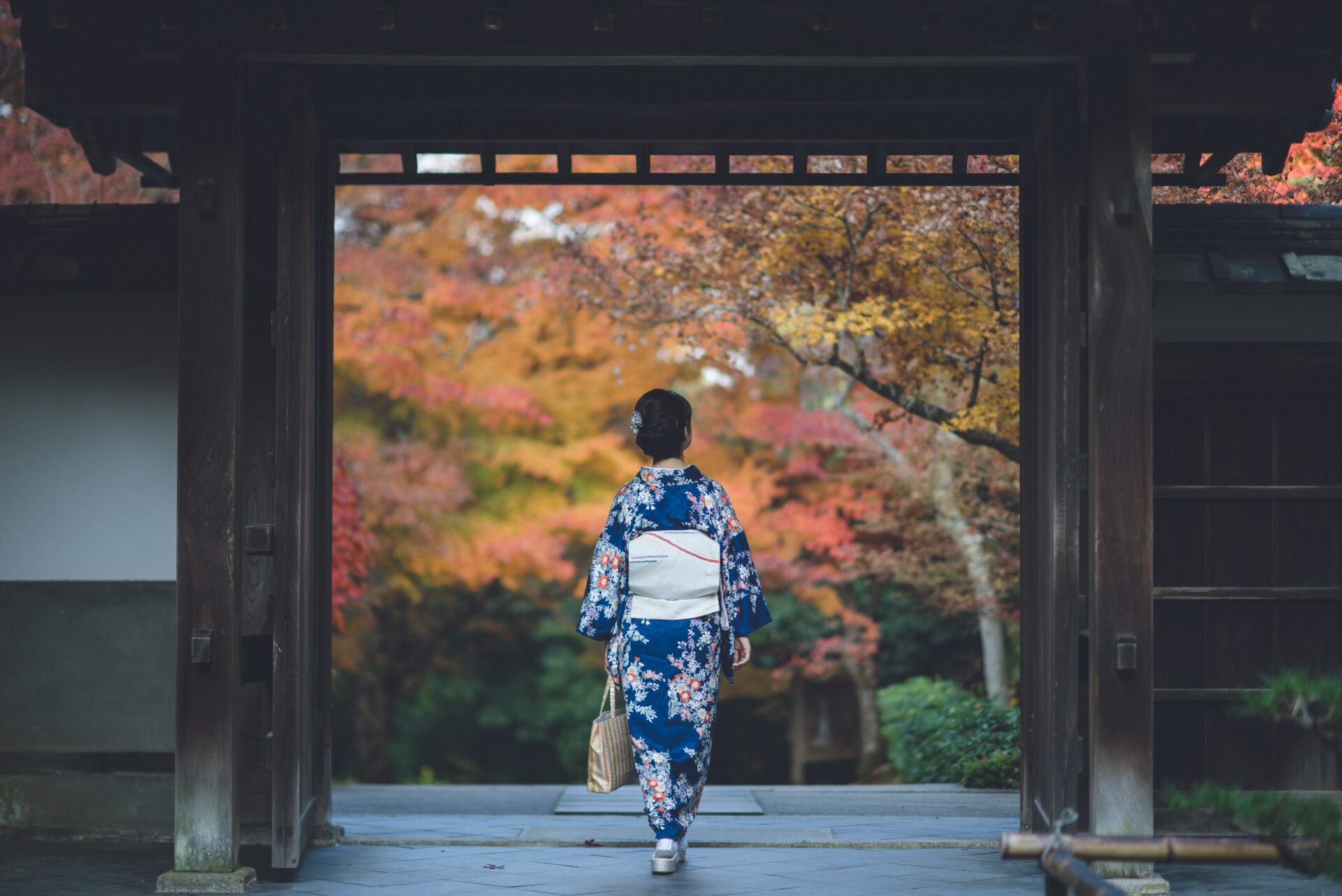
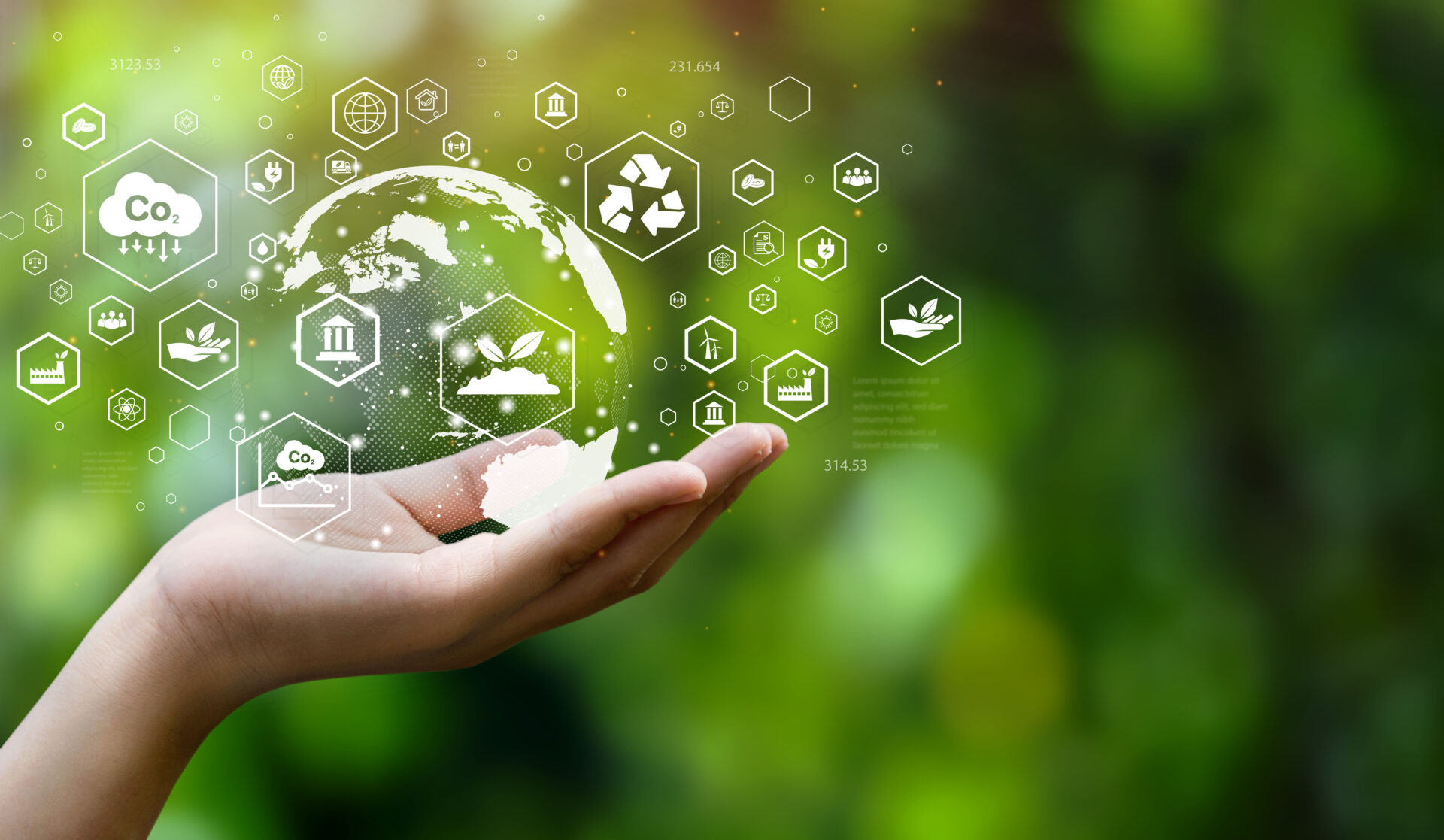

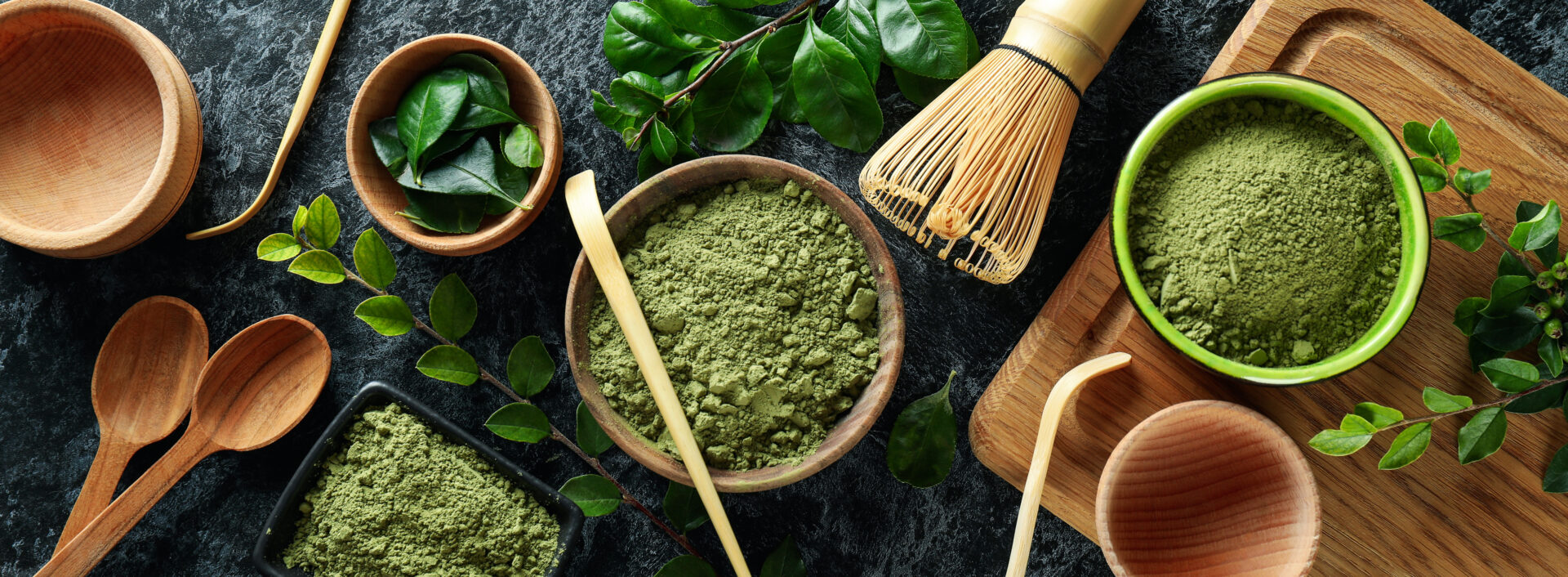
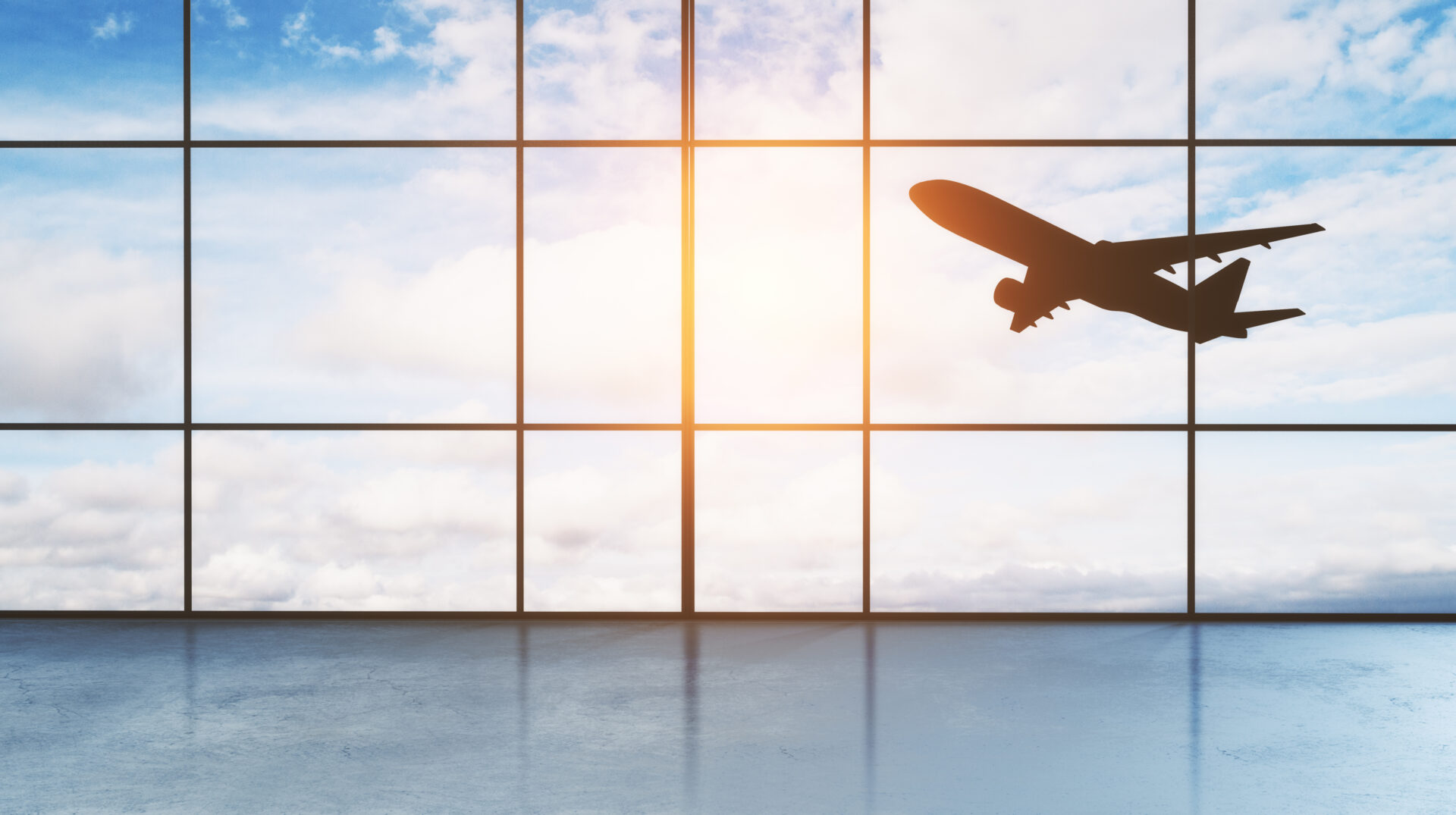
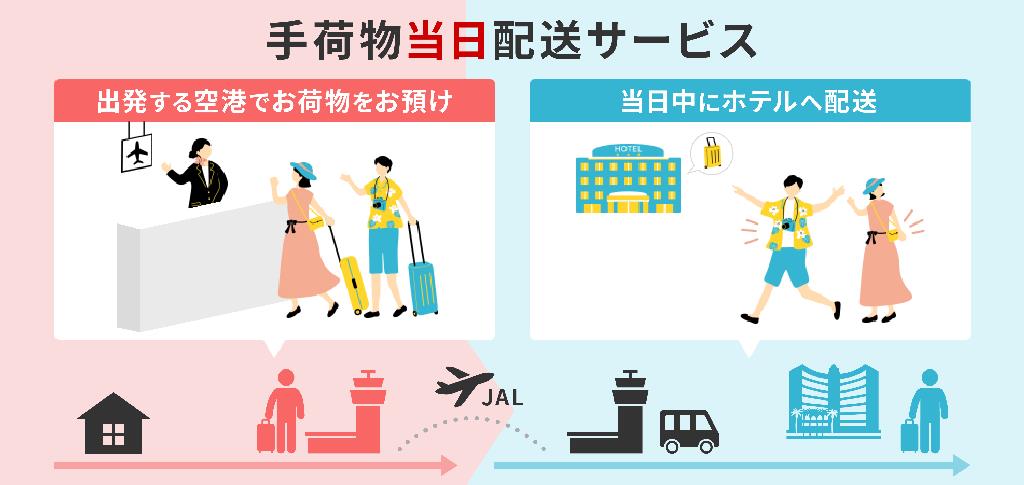
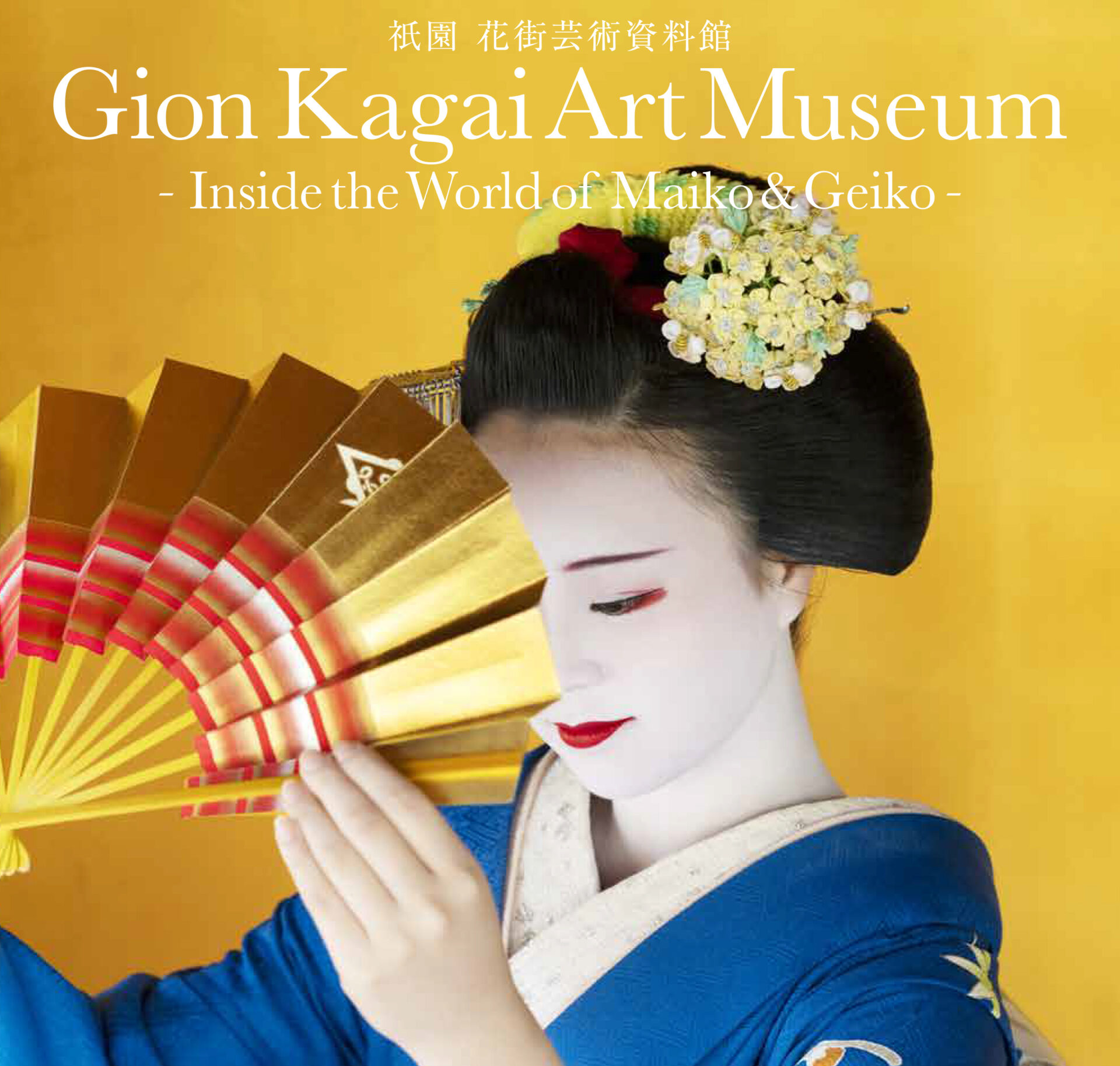

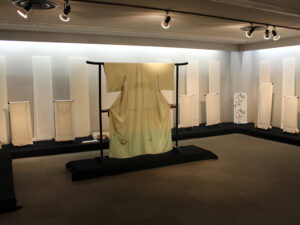
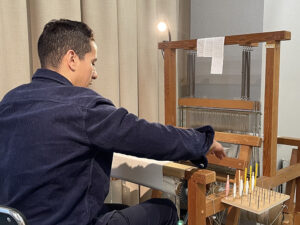

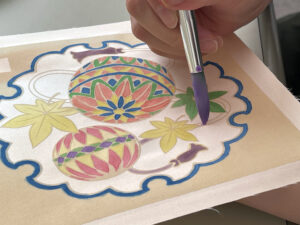
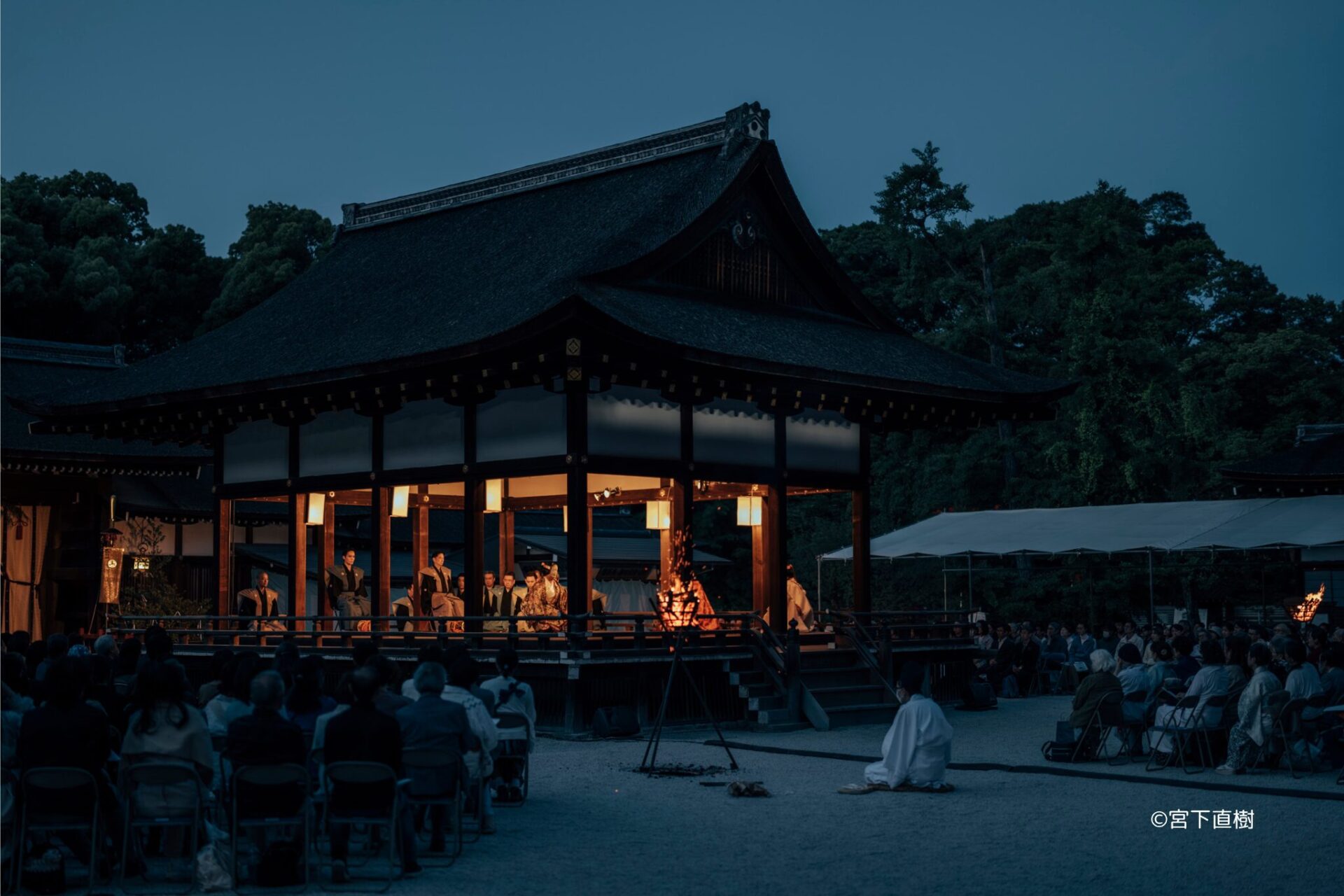
 Kyoto
experience
Kyoto
experience Contact us by phone
Contact us by phone Contact by email
Contact by email